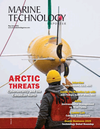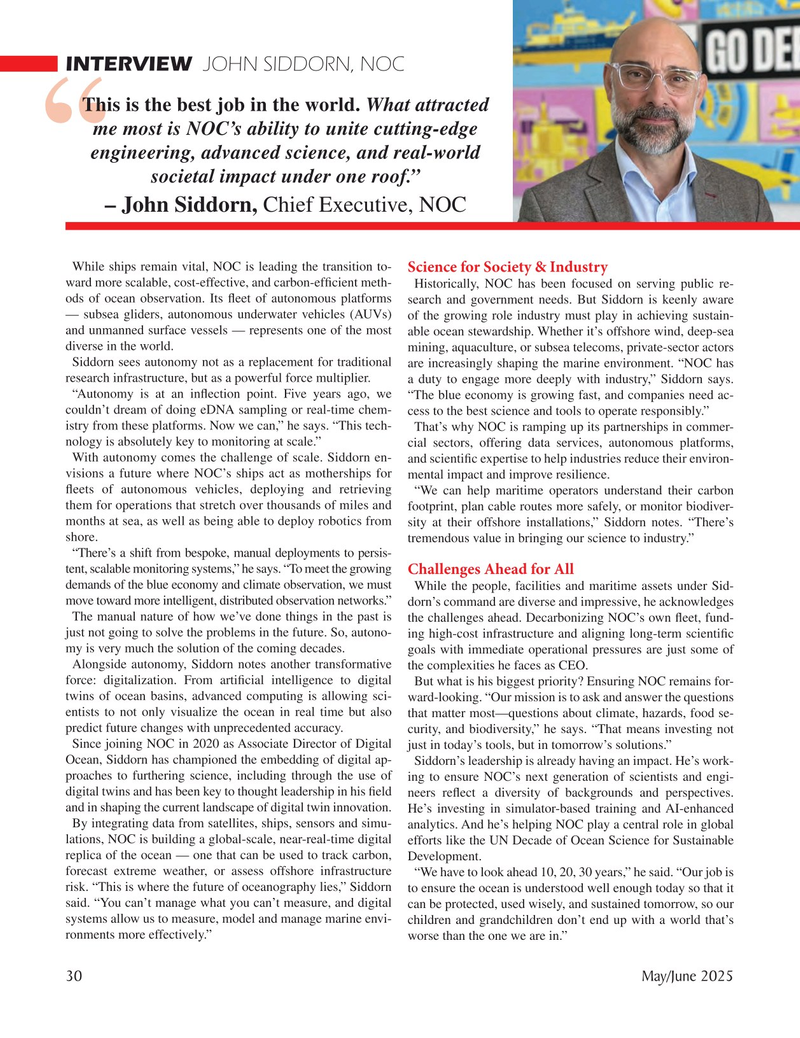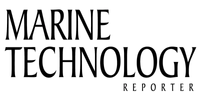
Page 30: of Marine Technology Magazine (May 2025)
Read this page in Pdf, Flash or Html5 edition of May 2025 Marine Technology Magazine
INTERVIEW JOHN SIDDORN, NOC
This is the best job in the world. What attracted me most is NOC’s ability to unite cutting-edge engineering, advanced science, and real-world societal impact under one roof.” – John Siddorn, Chief Executive, NOC
While ships remain vital, NOC is leading the transition to-
Science for Society & Industry ward more scalable, cost-effective, and carbon-ef? cient meth- Historically, NOC has been focused on serving public re- ods of ocean observation. Its ? eet of autonomous platforms search and government needs. But Siddorn is keenly aware — subsea gliders, autonomous underwater vehicles (AUVs) of the growing role industry must play in achieving sustain- and unmanned surface vessels — represents one of the most able ocean stewardship. Whether it’s offshore wind, deep-sea diverse in the world. mining, aquaculture, or subsea telecoms, private-sector actors
Siddorn sees autonomy not as a replacement for traditional are increasingly shaping the marine environment. “NOC has research infrastructure, but as a powerful force multiplier. a duty to engage more deeply with industry,” Siddorn says. “Autonomy is at an in? ection point. Five years ago, we “The blue economy is growing fast, and companies need ac- couldn’t dream of doing eDNA sampling or real-time chem- cess to the best science and tools to operate responsibly.” istry from these platforms. Now we can,” he says. “This tech- That’s why NOC is ramping up its partnerships in commer- nology is absolutely key to monitoring at scale.” cial sectors, offering data services, autonomous platforms,
With autonomy comes the challenge of scale. Siddorn en- and scienti? c expertise to help industries reduce their environ- visions a future where NOC’s ships act as motherships for mental impact and improve resilience.
? eets of autonomous vehicles, deploying and retrieving “We can help maritime operators understand their carbon them for operations that stretch over thousands of miles and footprint, plan cable routes more safely, or monitor biodiver- months at sea, as well as being able to deploy robotics from sity at their offshore installations,” Siddorn notes. “There’s shore. tremendous value in bringing our science to industry.” “There’s a shift from bespoke, manual deployments to persis- tent, scalable monitoring systems,” he says. “To meet the growing
Challenges Ahead for All demands of the blue economy and climate observation, we must While the people, facilities and maritime assets under Sid- move toward more intelligent, distributed observation networks.” dorn’s command are diverse and impressive, he acknowledges
The manual nature of how we’ve done things in the past is the challenges ahead. Decarbonizing NOC’s own ? eet, fund- just not going to solve the problems in the future. So, autono- ing high-cost infrastructure and aligning long-term scienti? c my is very much the solution of the coming decades. goals with immediate operational pressures are just some of
Alongside autonomy, Siddorn notes another transformative the complexities he faces as CEO.
force: digitalization. From arti? cial intelligence to digital But what is his biggest priority? Ensuring NOC remains for- twins of ocean basins, advanced computing is allowing sci- ward-looking. “Our mission is to ask and answer the questions entists to not only visualize the ocean in real time but also that matter most—questions about climate, hazards, food se- predict future changes with unprecedented accuracy. curity, and biodiversity,” he says. “That means investing not
Since joining NOC in 2020 as Associate Director of Digital just in today’s tools, but in tomorrow’s solutions.”
Ocean, Siddorn has championed the embedding of digital ap- Siddorn’s leadership is already having an impact. He’s work- proaches to furthering science, including through the use of ing to ensure NOC’s next generation of scientists and engi- digital twins and has been key to thought leadership in his ? eld neers re? ect a diversity of backgrounds and perspectives. and in shaping the current landscape of digital twin innovation. He’s investing in simulator-based training and AI-enhanced
By integrating data from satellites, ships, sensors and simu- analytics. And he’s helping NOC play a central role in global lations, NOC is building a global-scale, near-real-time digital efforts like the UN Decade of Ocean Science for Sustainable replica of the ocean — one that can be used to track carbon, Development.
forecast extreme weather, or assess offshore infrastructure “We have to look ahead 10, 20, 30 years,” he said. “Our job is risk. “This is where the future of oceanography lies,” Siddorn to ensure the ocean is understood well enough today so that it said. “You can’t manage what you can’t measure, and digital can be protected, used wisely, and sustained tomorrow, so our systems allow us to measure, model and manage marine envi- children and grandchildren don’t end up with a world that’s ronments more effectively.” worse than the one we are in.” 30 May/June 2025
MTR #4 (18-33).indd 30 MTR #4 (18-33).indd 30 5/28/2025 6:19:22 PM5/28/2025 6:19:22 PM

 29
29

 31
31
